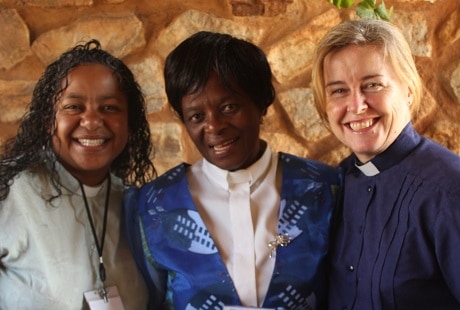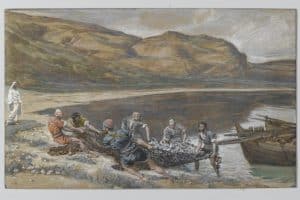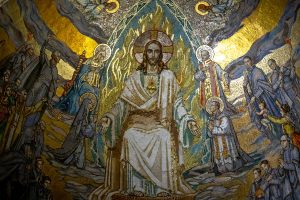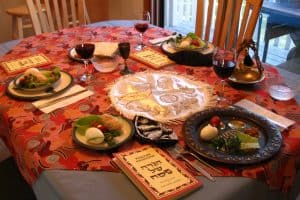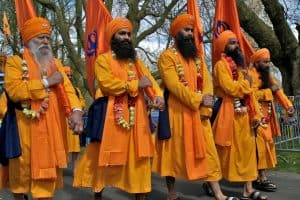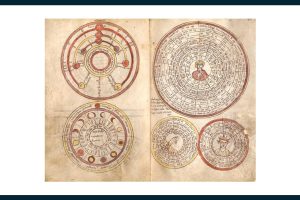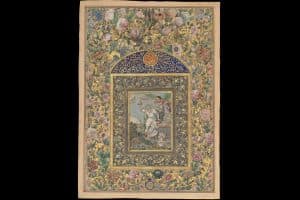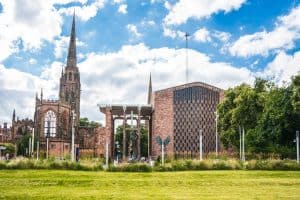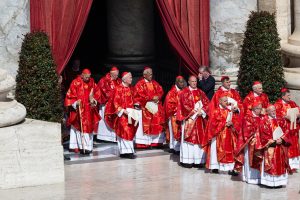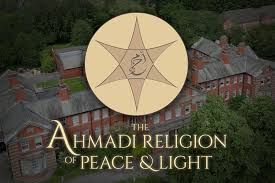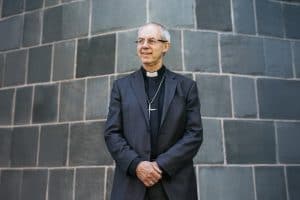By Fiona Duncan
The place of women in the Church has been a highly contested topic of debate for millennia. While many Christian traditions argue for female inferiority, the Virgin Mary has at the same time been a powerfully significant figure in Church history and theology, and in the 20th century many denominations began to for the first time allow women to become ministers and leaders.
Theology
Theological argument is considerable around the meanings of key biblical texts about women. St Paul often stands accused of denigrating women, their roles in church and society, but there is ambiguity and inconsistency in his position.
Paul’s teachings were developed by others, including Jerome and Augustine. They believed woman was created second to Adam and was inferior. Sex was linked to original sin; celibacy, through virginity, was considered the most virtuous state for women. In the first six centuries of Christianity the dualistic notion of man as mind/spirit (good) and woman as body/flesh (which needed to be overcome) was predominant.
Some cite the fact that Jesus and the 12 apostles were male is evidence that women should not have central leadership roles in the Church. Others point out that women would have been excluded from this as it was the cultural norm at the time.
But apostolic (literally “one sent forth”) roles are given to women, significantly to Mary Magdalene, sent by Christ to confirm that he has risen. There are many women who feature in the Bible, particularly the Gospels. The two key figures of the Virgin Mary and Mary Magdalene are also powerful female figures in Roman Catholic and Orthodox churches.
Women in the Early Church
The early Church existed in a flexible, informal way. Evidence exists that women had a part in holding “services” in the early “house” churches, and were involved in evangelising, teaching and missionary work. Their roles in public were limited by the “honour/shame” ideology, the culture of the time that kept them mostly in the home.
By the fourth century the structure of the Church was more formal and by the sixth century an increasingly patrician hierarchy, with meetings in public places, started to exclude women from organised roles.
The medieval Church
In Medieval times, there was increased veneration of the Virgin Mary as a model of chastity and motherhood. In the period 500-1200AD about 15% of saints were female.
Monasteries and convents gave opportunity for education, and religious devotion. There are examples of women given positions of authority over monks, including Abbess Hilda of Whitby, who was said to have trained several bishops.
The era also saw a rise of mysticism, where direct experience of God took precedence over theology. Many were female, including Julian (also called Juliana) of Norwich, St Margery Kempe and St Joan.
The Reformation
Martin Luther’s “priesthood of all believers” freed women to have as equal a relationship with Christ as men and nuns. Women were encouraged to read the scriptures, giving some the opportunity for literacy and theological insight.
While Luther favoured a woman’s role being at home, the role of women in the partnership of marriage was recognised more positively.
However, the closure of nunneries during the Dissolution of the Monasteries took away from some an opportunity for education, leadership and a valued life outside the domestic sphere.
Despite the leading figures being male there were important Reformation women who played substantial roles. Queen Elizabeth I, in re-establishing Protestantism, showed that female monarchs could wield influence in the Church.
Women and the modern Church
Some denominations began to allow women more active roles in ministry before the 20th century, including the Quakers, from their inception in the 1650, and the Salvation Army in 1865. But an important spur for change was women’s suffrage in the early 20th century.
In 1920, an attempt to get women’s ordination on the agenda of the Lambeth Conference (the once-a-decade gathering off Anglican bishops around the world) failed. It was again ruled out in 1935 at an Archbishop’s Commission.
However, in 1944 a woman was temporarily ordained by an Anglican church in Hong Kong. The Lambeth Conference of 1968 concluded that arguments were “inconclusive” either way, leading to a decision in 1971 that parts of the Anglican Church could ordain. This led to two ordinations in Hong Kong.
The Presbyterian Church of Scotland ordained its first woman parish minister in 1972; the British Methodist Church allowed women presbyters in 1974; and the first women were ordained in the Anglican Church of Ireland in 1990.
The 1975 Synod back in England ruled there was no fundamental objection “when the time is right”. But in 1978 a first attempt at legislation failed. This led in 1979 to the founding of the Movement for the Ordination of Women which campaigned until 1994. It was succeeded by Women and the Church established in 1996.
Some in the Anglo-Catholic wing of the Church of England want to retain traditions and ceremonies that keep them close to the Roman Catholic Church, and fear schism. A key group is Forward in Faith. The Evangelicals (see the Church Society website) emphasise the teachings of the Bible and say the scriptures require male headship in the Church.
After a fractious debate in 1992, Synod voted, by a majority of two votes, that women could be ordained priests. The first women was ordained in 1994. Special arrangements were established in Five Guiding Principles to help accommodate opponents.
After this, several hundred clergy left for the Roman Catholic Church, along with some laity. Some later returned, although figures are unclear.
In 2012 the General Synod rejected, by a small margin, a move to consecrate female bishops. But 2014 saw the motion passed in Synod, with the first woman bishop, the Rev Libby Lane, ordained in 2015. The Church of England reported in 2017 that 29% of clergy were now women.
Theological disputes continue to demonstrate the worldwide split between conservative and liberal Anglicans. Some Evangelicals are still considering setting up an independent church structure, and a breakaway group, AMiE, part of the worldwide conservative Anglican movement, has ordained a small number of priests. Gay priests, and same-sex marriage blessing pose a future challenge to unity.
The Roman Catholic Church remains opposed to the ordination of women priests. Pressure from groups – including Women’s Ordination Worldwide – continues.

